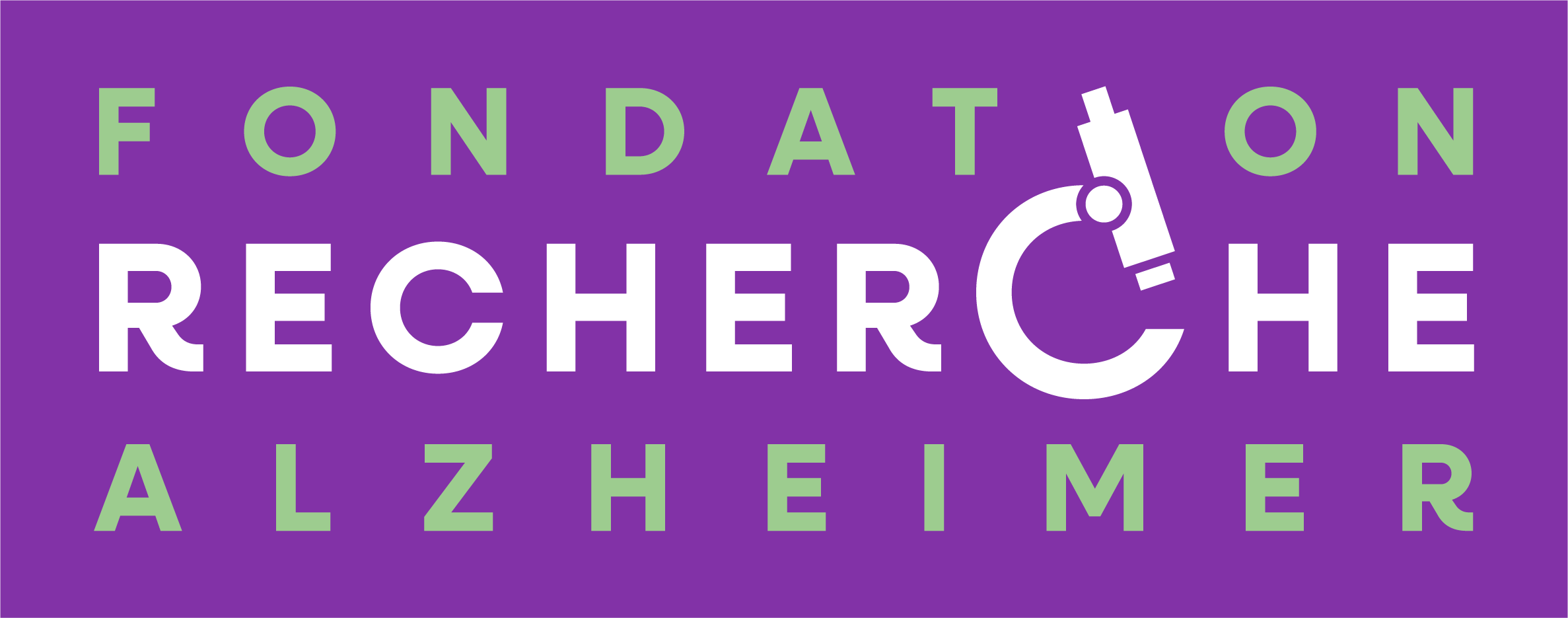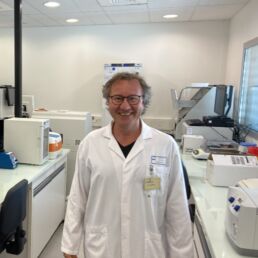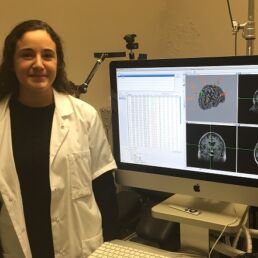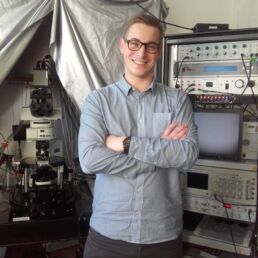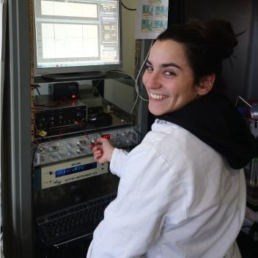
En 2013, la Fondation pour la Recherche sur Alzheimer, en partenariat avec la SCOR, crée le Prix Européen Jeune Chercheur. Ce Prix, d’un montant de 10 000 euros, a pour vocation de soutenir et encourager les projets de recherche prometteurs d’un jeune chercheur.En choisissant Florence Clavaguera comme lauréate de la première édition du Prix Européen Jeune Chercheur, le jury honore une chercheuse qui est à l’origine d’un travail fondamental sur la propagation de la protéine Tau dans la maladie d’Alzheimer, ce qui a ouvert tout un champ de recherche sur la maladie. La Fondation et son Comité Scientifique sont très heureux d’honorer cette année un chercheur français qui travaille dans un laboratoire étranger (Hôpital Universitaire de Bâle, Suisse).Florence Clavaguera présente son projet de recherche :Dans la maladie d’Alzheimer et de nombreuses autres maladies neurodégénératives, la protéine tau – très importante à la survie cellulaire – se retrouve agrégée et forme des amas insolubles à l’intérieur des neurones ce qui aboutit à leur destruction. Il a été démontré pour la maladie d’Alzheimer que la pathologie de la protéine tau débute dans une région cérébrale et qu’elle se diffuse avec le temps jusqu’à envahir la totalité du cerveau. Cette progression spatio-temporale des agrégats de tau est très importante d’un point de vue physiopathologique car elle est en corrélation avec le déclin clinique des patients. Dans notre laboratoire nous étudions les mécanismes d’induction et de propagation de la pathologie fibrillaire de la protéine tau. Nous essayons de comprendre comment cette protéine tau passe d’un état normal soluble à une forme agrégée insoluble et comment ce phénomène s’amplifie afin de pouvoir stopper cet engrenage par des approches thérapeutiques.
